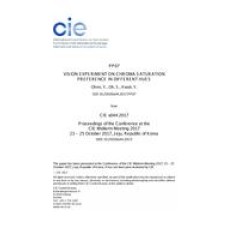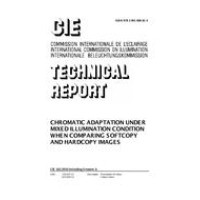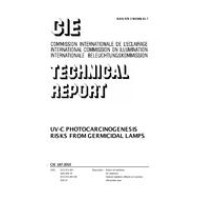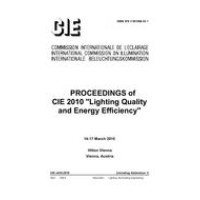Increase of chroma is known to be a major factor for colour quality preference in lighting, and gamut area measures are often used to evaluate preference aspects. However, gamut area accounts for chroma differences equally for all hue directions. Experiences in lighting indicates that red is most dominant in such colour quality preference but experimental data has not been available. Vision experiments were conducted to evaluate different effects of chroma shifts in different hue directions on colour quality preference, using NIST Spectrally Tunable Lighting Facility simulating an interior room. 19 subjects viewed various fruits, vegetables, and their skin tones, under illumination of 11 different spectra of different gamut shapes. The 11 spectra were presented as pairs in all combinations, at correlated colour temperatures (CCT) of 2700 K, 3500 K, 5000 K, (Duv= 0) and 3500 K (Duv= -0.015). The average results show that chroma increases of red ('C*ab ≈ 5 to 15) has the largest effect, green ('C*ab ≈ 15) has the second effect, and yellow's effect is insignificant, in subjects' preference. The results will be useful to develop colour preference metrics that correlates well with perceived colour quality.
 PDF
PDF
All of our standards document are available in PDF (Portable Document Format), an electronic, downloadable format.You will be able to download the file in your account downloads.
 Multi-User Access
Multi-User Access
After purchasing, you have the ability to assign each license to a specific user.
 Printable
Printable
At any time, you are permitted to make printed copies for your and your members' reference use.
 PDF
PDF
 Multi-User Access
Multi-User Access
 Printable
Printable





